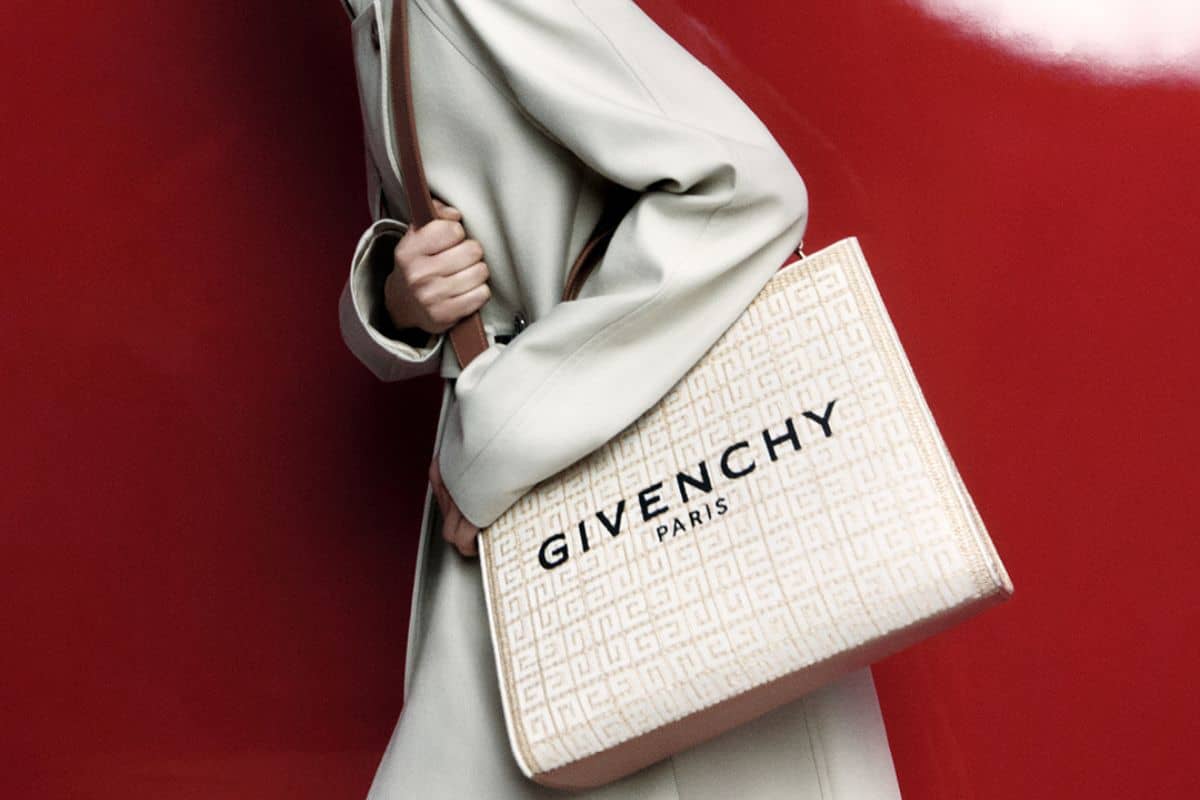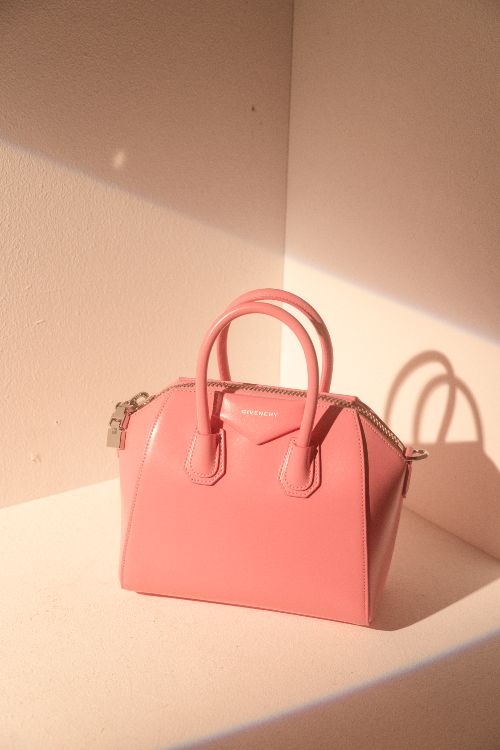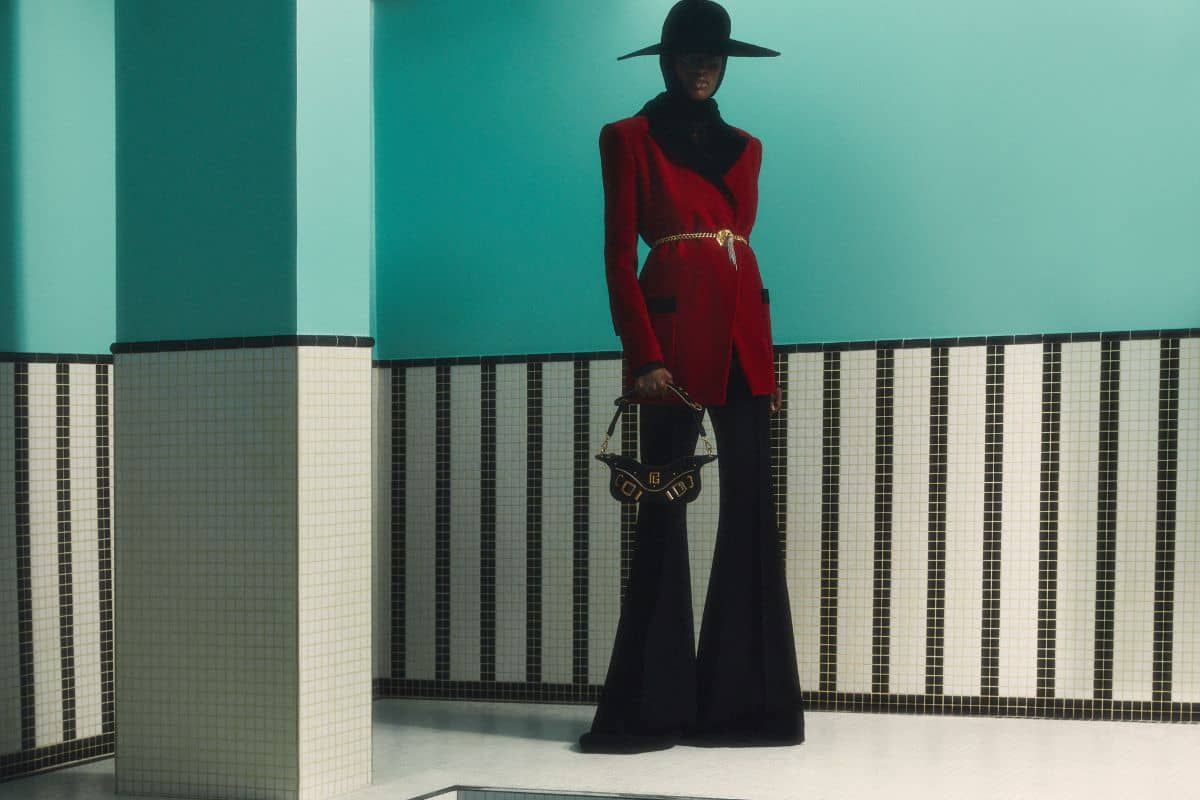
Timeless style: the history of the Givenchy brand
Able to skillfully combine casual chic style and aristocratic elegance with that unique detailing that has always been a symbol of glamour and style, the Givenchy brand has made the history of modern fashion.
Founded by Hubert de Givenchy in 1952, the French fashion house quickly acquired a leading position in the luxury fashion industry.
Let's dive into the history of the Givenchy brand, with an in-depth look at the evolution of the aesthetic and stylistic codes that have made the maison one of the most exclusive and sought-after.
Index
The Origins of the Givenchy Brand
The story of Givenchy unfolds in the sophisticated, worldly atmosphere of post-war Paris.
Leaving behind his hometown of Beauvais and a future already preordained by his family, Hubert de Givenchy moved to Paris in 1952.
Giving free rein to his ambition, Hubert entered the atelier of the young Jacques Fath , one of the most famous tailors of the time.
His talent led him to immerse himself in classical style in the tailoring of Swiss designer Robert Piguet first and in Elsa Schiaparelli's studio for the next four years.
An educational path, that of Hubert de Givenchy, capable of giving voice to his creative nature and elevating his taste for tailoring.
Givenchy's Debut and Success Years
Hubert de Givenchy made his official entrance into the fashion ecosystem with his first Spring/Summer collection in 1952 , at the age of 25.
The designer's sleek suits and sack dresses reveal Givenchy's penchant for an aesthetic of fluid silhouettes, class and grace.
It is during this debut collection that the designer introduces the concept of coordinated pieces, les séparables : shirts to be paired with gabardine skirts.
Givenchy's sober taste was consolidated following his meeting with Cristobal Balenciaga , whose stylistic production expresses the concept he himself expressed: " Elegance is elimination" .
Givenchy's refined taste finds perfect expression in the woman who, as his muse , will inspire the designer's sartorial creations: the actress Audrey Hepburn .
Her natural, timeless beauty, made even more beautiful by her simplicity, make the actress the true ambassador of the classicism of Givenchy's stylistic production.
It is to Audrey Hepburn that, in 1957, the designer dedicated Interdit , the maison's first fragrance which marked the beginning of the maison's diversification.
Givenchy also deserves credit for having introduced the concept of ready-to-wear into the fashion system.
The first ready-to-wear line arrived in 1969, with the subsequent men's line Gentleman Givenchy in 1973.
During the 2000s, thanks also to the creative impulse of Riccardo Tisci, Givenchy entered the Olympus of fashion with new accessories destined to become true cult items: the Antigona bag , for example.

The creative directions of Givenchy
In 1988 Hubert de Givenchy decided to sell the house to the LVMH group , continuing as creative director until 1995.
That year the designer decided to retire from the scene.
The new creative director is the British John Galliano , whose taste for a high-impact style composed of floral patterns and tight suits is not long in emerging.
The following year it was the turn of the English Alexander McQueen , a supporter of creations and runaways with an edgy and dark character.
In 2005 , Riccardo Tisci took over, joining the maison with the Haute Couture collection for Givenchy.
Tisci deserves credit for having brought the brand's uniqueness back into fashion , combining its stylistic heritage with a new contemporary taste faithful to his muse, the Italian Mariacarla Boscono.
Tisci stands out not only for his creative abilities, but also for his solid expertise in communications and marketing.
These, combined with a deep knowledge of the fashion system market, in all its declinations and needs, make Tisci a prominent personality in the history of Givenchy .
After 12 years at the service of the French fashion house, in 2017 , Riccardo Tisci passed the baton to Clare Waight-Keller , former creative director of Chloé.
The touch of elegant glamour is certainly not lacking.
On the contrary, it is exalted by the Haute Couture F/W 2018-2019 collection and definitively confirmed by the creation of Meghan Markle's wedding dress.
In 2020 , following the appointment of the new CEO Renaud de Lesquen, the creative direction of Givenchy was entrusted to the young American designer Matthew M. Williams .
Hubert de Givenchy's taste is not only respected, but also celebrated through a strong attention to detail and contemporaneity, visible in the Pre Fall 2021 collection.
For the occasion, Matthew M. Williams presents the 4G bag , acronym for Fourth Generation, destined to become one of the most iconic and recognizable accessories of the maison.
Explore Givenchy's Timeless Style
Discover our exclusive selection of Givenchy's iconic pieces and accessories inside the Cumini online boutique.


